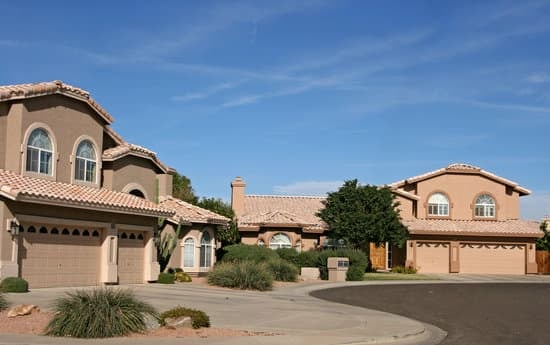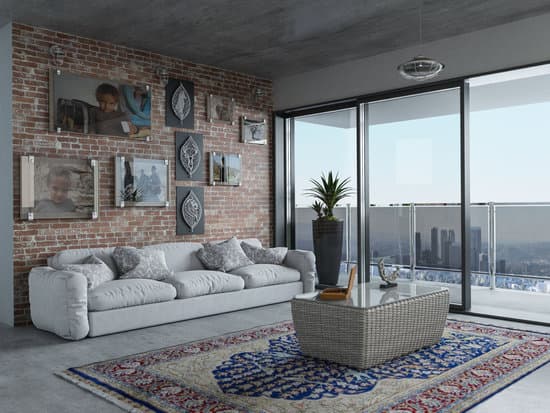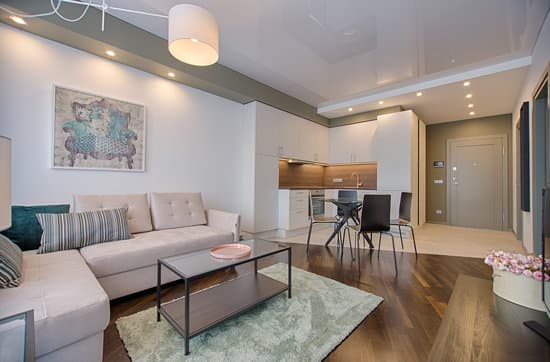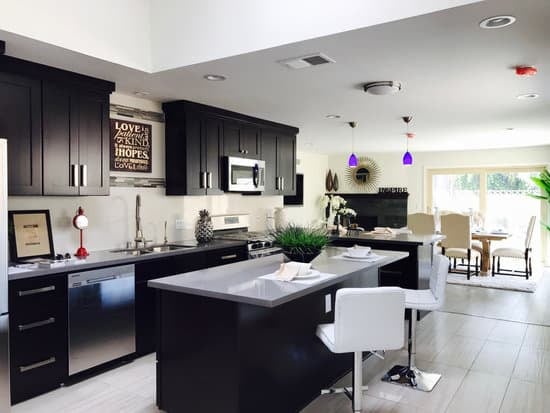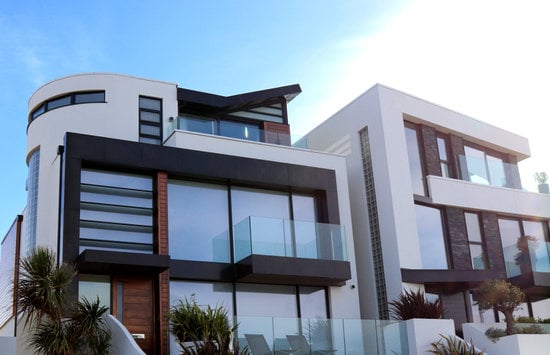Mixing Mid-Century Modern and Contemporary: Is It Possible?
The mid-century modern and contemporary styles can appear to be conflicting to some, but it is possible to mix them in a single room to create a unique and tasteful design. The key is to approach the blend carefully and thoughtfully to avoid creating a jarring clash of styles. When done correctly, the combination can create a harmonious and striking design that is both visually appealing and inviting.Understanding the Differences Between Mid-Century and Contemporary Styles
Mid-century modern design is characterized by clean lines, organic shapes, and minimal ornamentation. This style was popularized during the 1950s and early 1960s and was marked by innovative designs that emphasized experimentation with new materials and forms. Contemporary design, on the other hand, is marked by a more fluid and eclectic aesthetic. It incorporates a wide range of styles, from minimalist to maximalist, and embraces both traditional and unconventional materials and forms. It is important to understand the fundamental differences between these two styles before attempting to mix them. A room with furniture from the mid-century era on one side of the room and modern pieces on the other side will highlight the differences in style instead of bringing them together. By understanding these differences, you can select pieces that compliment each other and achieve a cohesive look.The Importance of Equally Dispersing Furniture from Different Eras
If you’re putting furniture from different eras within the same room, it’s important to equally disperse the pieces across the space. This will help to create a sense of balance while also allowing each piece to shine on its own. If you have a mid-century sofa, for example, consider pairing it with a contemporary coffee table and modern accent chairs. This will create a balanced look that highlights the best aspects of both styles. Some useful tips to consider when blending mid-century modern and contemporary styles include:- Start with a neutral backdrop: Consider painting the walls a neutral color to allow the furniture to take center stage
- Mix materials: Pairing different materials and textures helps to create visual interest and adds depth to the room. For example, a mid-century modern wood dining table can be paired with contemporary metal and glass dining chairs
- Consider scale: Ensure that the size and proportion of each piece work together harmoniously. For instance, a mid-century modern bench may look great up against a contemporary console, so long as the two pieces share a similar proportion and scale
- Add a pop of color: Consider adding a splash of bright color to the room in the form of an accent wall, throw pillows, or decorative objects. This will help to break up any visual monotony






